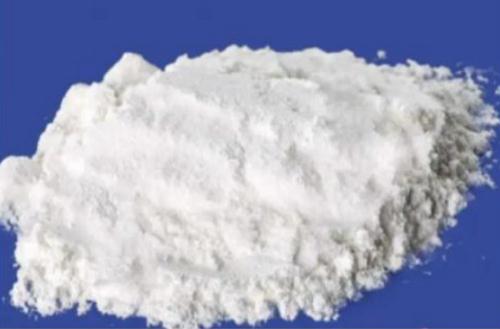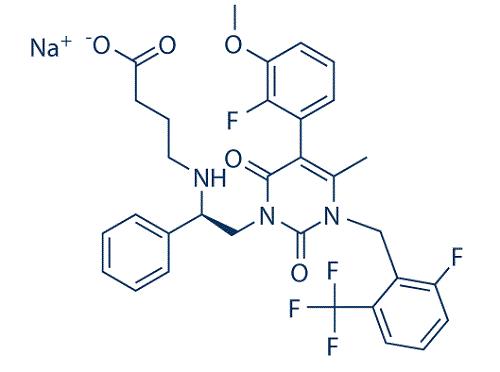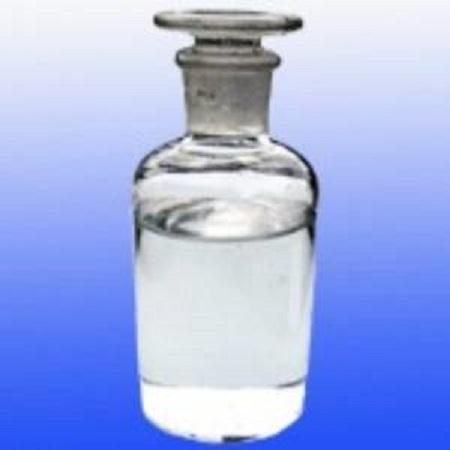Uses and toxicity of Methyl bromide
Methyl bromide is an odorless, colorless gas used to control a wide variety of pests in agriculture and shipping, including fungi, weeds, insects, nematodes (or roundworms), and rodents.

Chemistry
Bromomethane, commonly known as methyl bromide, it is a colorless, odorless, nonflammable gas is produced both industrially and biologically. It has a tetrahedral shape and it is a recognized ozone-depleting chemical.
Uses
Methyl bromide is a fumigant used to control pests in agriculture and shipping. Methyl bromide also depletes the ozone layer.
Occurrence and production
Methyl bromide originates from both natural and human sources. In the ocean, marine organisms are estimated to produce 56,000 tonnes annually.It is also produced in small quantities by certain terrestrial plants, such as members of the family Brassicaceae. It is manufactured for agricultural and industrial use by treating methanol with bromine in the presence of sulfur or hydrogen sulfide:
6 CH3OH + 3 Br2 + S → 6 CH3Br + 2 H2O + H2SO4
Toxicity
Animals
Methyl bromide is moderately toxic when fed to rats. In short-term inhalation studies, methyl bromide is low in toxicity to mice and very low in toxicity to rats.Researchers had mice inhale methyl bromide for 13 weeks and observed lower body weights at the highest methyl bromide level. Mice inhaling lower methyl bromide levels did not display adverse health effects. Researchers fed dogs food containing methyl bromide for one year and did not detect any adverse health effects.Animal studies show that methyl bromide can affect the brain, kidneys, nose, heart, adrenal glands, liver, testes, and lungs. Researchers have demonstrated in animal studies that a large increase in toxicity can occur with a small increase in methyl bromide exposure.
Humans
Human experience and use history indicate that methyl bromide is highly toxic. Methyl bromide is corrosive to both the skin and eyes. Signs of methyl bromide poisoning may include headaches, nausea, vomiting, difficulty with vision, lack of energy, confusion, loss of coordination, slurred speech, and skin, eye, and respiratory irritation. In severe poisonings, paralysis, convulsions, coma, and death may occur. Signs of poisoning may be delayed only a few minutes to 48 hours following methyl bromide exposure. Researchers suggest that long term exposure to low levels of methyl bromide affects the nervous system, but the evidence is not conclusive.


